Home>Furniture & Design>Office Furniture>How To Get My Office Chair To Lean Back
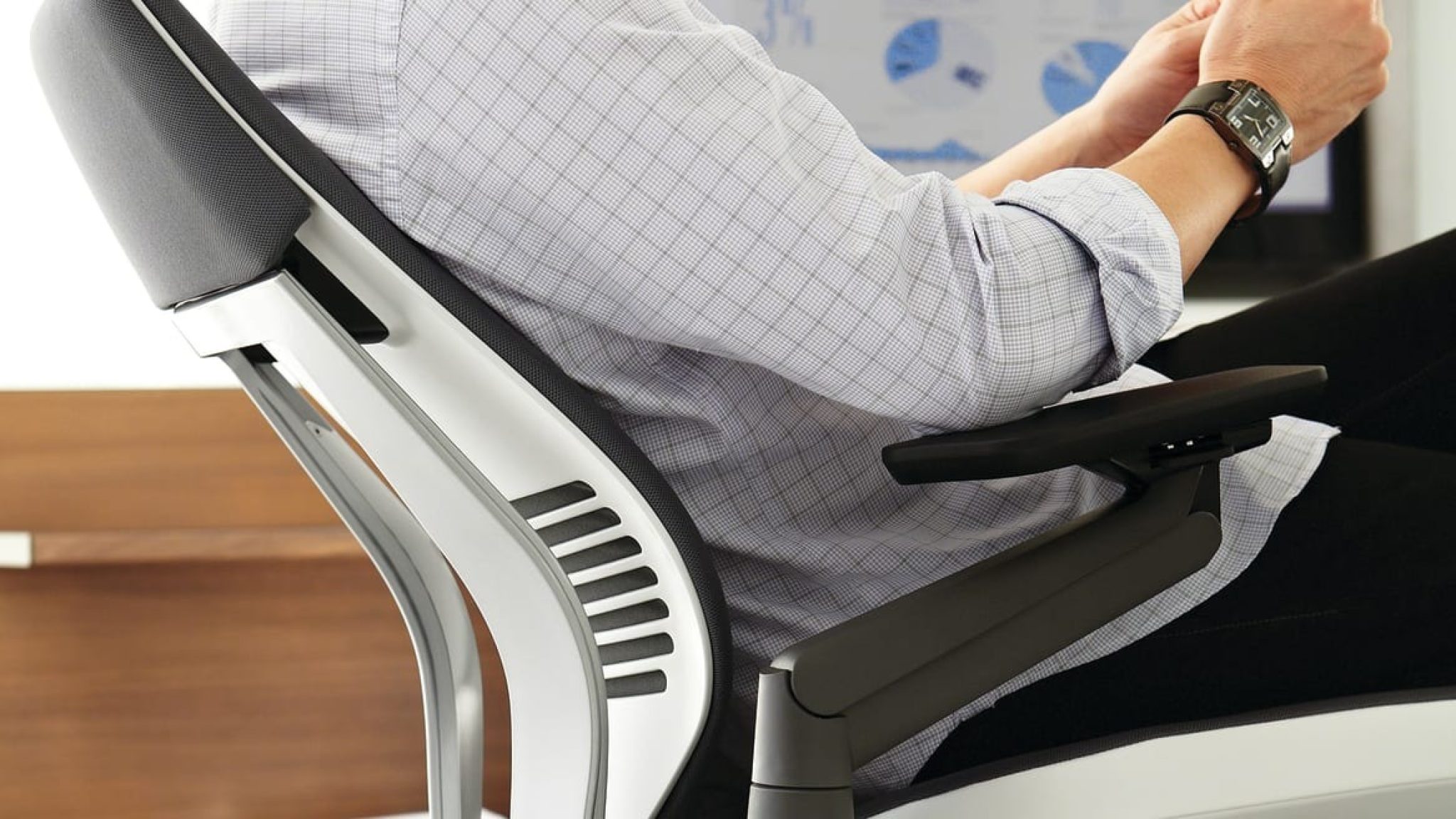

Office Furniture
How To Get My Office Chair To Lean Back
Modified: January 14, 2024
Discover the best tips for getting your office chair to lean back comfortably. Find expert advice on office furniture and design.
(Many of the links in this article redirect to a specific reviewed product. Your purchase of these products through affiliate links helps to generate commission for Storables.com, at no extra cost. Learn more)
**
Introduction
**
Let's face it: an office chair that refuses to lean back can be a real pain in the neck. Literally. After a long day at work, the ability to recline and relax in your office chair can make a world of difference. However, when your chair seems to have developed a stubborn streak and refuses to lean back, frustration can quickly set in.
But fear not, as there are several simple steps you can take to troubleshoot and resolve this issue. In this guide, we'll explore how to diagnose and address the problem of a non-reclining office chair. Whether it's a matter of adjusting the tension knob, inspecting the chair mechanism, or seeking professional assistance, we've got you covered.
So, if you're ready to bid farewell to your rigid office chair and reclaim the joy of leaning back in comfort, let's dive into the solutions that can help you get your office chair to lean back once again.
Key Takeaways:
- 1. Troubleshoot and fix a non-reclining office chair by checking for damage, loose parts, and debris in the mechanism. Tighten screws, clean, and align components to restore functionality.
- 2. Adjust the tension knob to customize reclining resistance, and lubricate pivot points with silicone-based lubricant for smooth, effortless leaning. If issues persist, seek professional help for expert diagnosis and repair.
Checking the Chair Mechanism
When your office chair refuses to recline, the first step is to examine the chair mechanism to identify any potential issues. Start by flipping the chair over to gain access to the underside, where the reclining mechanism is typically located. Look for any visible signs of damage, such as broken or bent components, that may be hindering the chair's ability to lean back.
Inspect the reclining mechanism for any loose or disconnected parts. Sometimes, a simple reattachment or tightening of screws and bolts can resolve the problem. Additionally, check for any debris or obstructions that may be impeding the movement of the mechanism. Dust, dirt, or small objects can inadvertently interfere with the chair's functionality, so a thorough cleaning may be all that's needed to restore its reclining capabilities.
Furthermore, pay close attention to the chair's backrest and its connection to the reclining mechanism. Ensure that the backrest is securely fastened and aligned with the reclining mechanism, as misalignment can prevent the chair from leaning back properly. By methodically examining the chair's components and connections, you can pinpoint the source of the problem and determine whether any adjustments or repairs are necessary.
By conducting a comprehensive inspection of the chair mechanism, you can gain valuable insights into the underlying issues that are impeding its ability to recline. Once you've identified any potential culprits, you'll be better equipped to take the next steps in resolving the problem and restoring your office chair's reclining functionality.
Adjusting the Tension Knob
If your office chair features a tension knob or lever, adjusting this component can often remedy the issue of a non-reclining chair. The tension knob is designed to control the resistance and ease of reclining, allowing you to customize the chair's responsiveness to your body weight and movement.
To begin the adjustment process, locate the tension knob, which is typically positioned beneath the chair seat or on the side of the chair mechanism. Turn the knob clockwise to increase the tension, making it more difficult to recline, or counterclockwise to decrease the tension, facilitating easier reclining. Experiment with incremental adjustments to find the optimal tension level that suits your preference for leaning back in the chair.
It's important to strike a balance when adjusting the tension knob. If the tension is set too high, you may find it challenging to lean back comfortably, while excessively low tension can cause the chair to recline too easily, compromising stability and support. By fine-tuning the tension to align with your body weight and desired reclining experience, you can enhance the functionality of your office chair and ensure a more personalized and comfortable seating experience.
Keep in mind that the ideal tension setting may vary from person to person, so don't hesitate to experiment with different levels until you find the sweet spot that allows for effortless reclining without sacrificing stability. Once you've adjusted the tension knob to your satisfaction, test the chair's reclining function to determine if the issue has been resolved. If the chair now leans back smoothly and responsively, congratulations – you've successfully tackled the problem with a simple adjustment!
By mastering the art of adjusting the tension knob, you can harness the full potential of your office chair's reclining feature and tailor it to your individual comfort preferences. This straightforward solution empowers you to take control of your seating experience and enjoy the benefits of a properly functioning reclining office chair.
Check the tension knob underneath the chair. Turn it clockwise to increase resistance and allow the chair to lean back, or counterclockwise to decrease resistance. Keep adjusting until you find the right balance for your comfort.
Lubricating the Chair Mechanism
Over time, the components of an office chair's reclining mechanism can become susceptible to friction and wear, leading to diminished smoothness and functionality. If your chair is struggling to lean back, lack of lubrication may be a contributing factor. Fortunately, applying lubricant to the chair mechanism can often alleviate this issue and restore the ease of reclining.
Before applying any lubricant, it's essential to identify the specific areas of the chair mechanism that would benefit from lubrication. Focus on the pivot points, hinges, and moving parts that facilitate the reclining motion. These areas are prone to friction and can benefit from the application of a suitable lubricant to enhance their performance.
When selecting a lubricant for your office chair, opt for a silicone-based or dry lubricant, as these options are less likely to attract dust and debris, which can compromise the mechanism's functionality over time. Avoid using oil-based lubricants, as they may create a messy residue and attract dirt, ultimately exacerbating the problem rather than solving it.
Once you've chosen the appropriate lubricant, apply it sparingly to the identified pivot points and moving components of the chair mechanism. Exercise caution to avoid over-lubricating, as excessive lubricant can lead to drips and spills, potentially causing a mess and necessitating additional cleaning.
After applying the lubricant, engage the chair's reclining function to distribute the lubricant evenly and allow it to penetrate the moving parts. This will help to reduce friction and promote smoother, more effortless reclining. If the chair has multiple adjustment levers or knobs, consider applying a small amount of lubricant to these components as well, as they may also benefit from enhanced lubrication.
Following the lubrication process, test the chair's reclining function to assess whether the application has improved its performance. If the chair now leans back more smoothly and with reduced resistance, you have successfully addressed the issue through the simple yet effective method of lubrication.
By incorporating regular lubrication into your office chair maintenance routine, you can prolong the longevity of the chair mechanism and ensure continued ease of reclining. This proactive approach to maintenance helps preserve the functionality and comfort of your office chair, allowing you to enjoy uninterrupted relaxation and support while seated.
Seeking Professional Help
When all attempts to resolve the non-reclining issue with your office chair have proven futile, or if you encounter complex mechanical issues that exceed your expertise, it may be time to seek professional assistance. While DIY troubleshooting and adjustments can often rectify common chair problems, certain underlying issues may necessitate the expertise of a professional to ensure proper diagnosis and repair.
Professional assistance can be sought from various sources, including furniture repair specialists, office chair manufacturers, or authorized service providers. These professionals possess the knowledge, tools, and experience required to address intricate chair mechanisms and identify underlying issues that may elude amateur diagnosis.
Before seeking professional help, consider reaching out to the manufacturer of your office chair to inquire about warranty coverage and repair services. If your chair is still within the warranty period, you may be eligible for complimentary repairs or replacements, sparing you the expense of professional services.
When engaging the services of a furniture repair specialist or technician, be prepared to provide a detailed description of the issue, including any troubleshooting steps you have already taken. This information can assist the professional in diagnosing the problem more efficiently and determining the most appropriate course of action.
Upon inspection of the chair, the professional will assess the reclining mechanism, identify any faulty or damaged components, and recommend the necessary repairs. Depending on the complexity of the issue, repairs may involve component replacement, realignment, or intricate adjustments that require specialized expertise and tools.
While seeking professional help may entail additional costs, it offers the assurance of a thorough and expert resolution to the non-reclining predicament. By entrusting the task to skilled professionals, you can gain peace of mind knowing that your office chair will be restored to optimal functionality, allowing you to recline with ease and comfort once again.
Ultimately, when faced with persistent issues related to your office chair's reclining mechanism, don't hesitate to leverage the expertise of professionals who can diagnose, repair, and rejuvenate your chair, ensuring that it continues to provide the support and comfort you rely on in your workspace.
Frequently Asked Questions about How To Get My Office Chair To Lean Back
Was this page helpful?
At Storables.com, we guarantee accurate and reliable information. Our content, validated by Expert Board Contributors, is crafted following stringent Editorial Policies. We're committed to providing you with well-researched, expert-backed insights for all your informational needs.
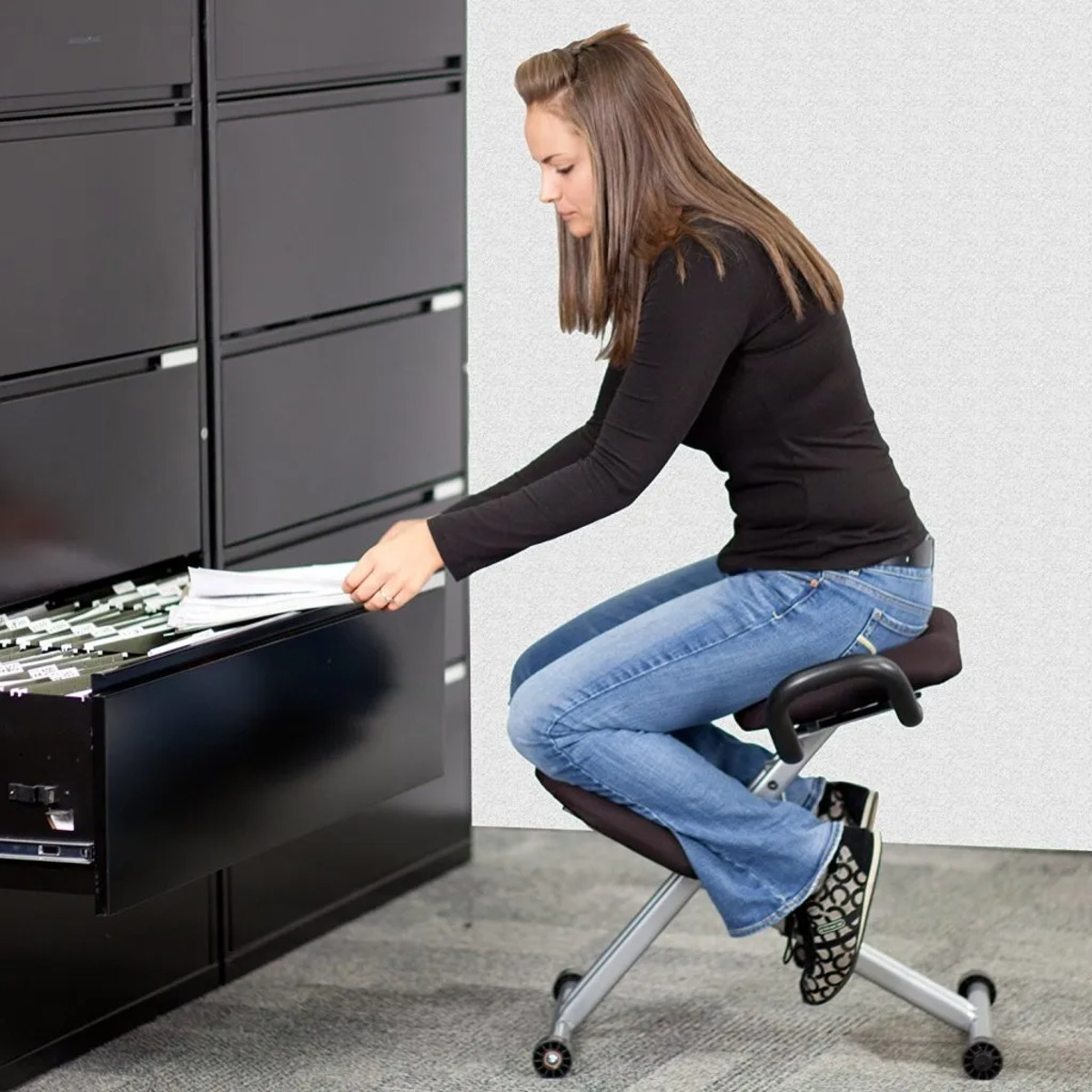
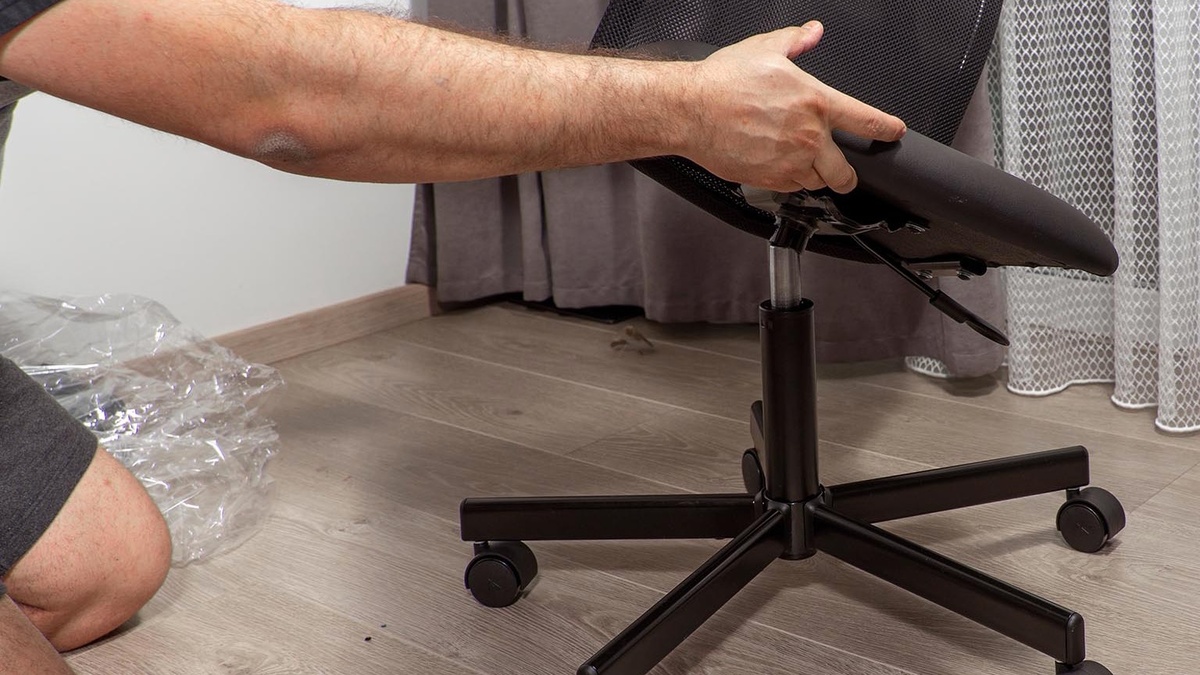
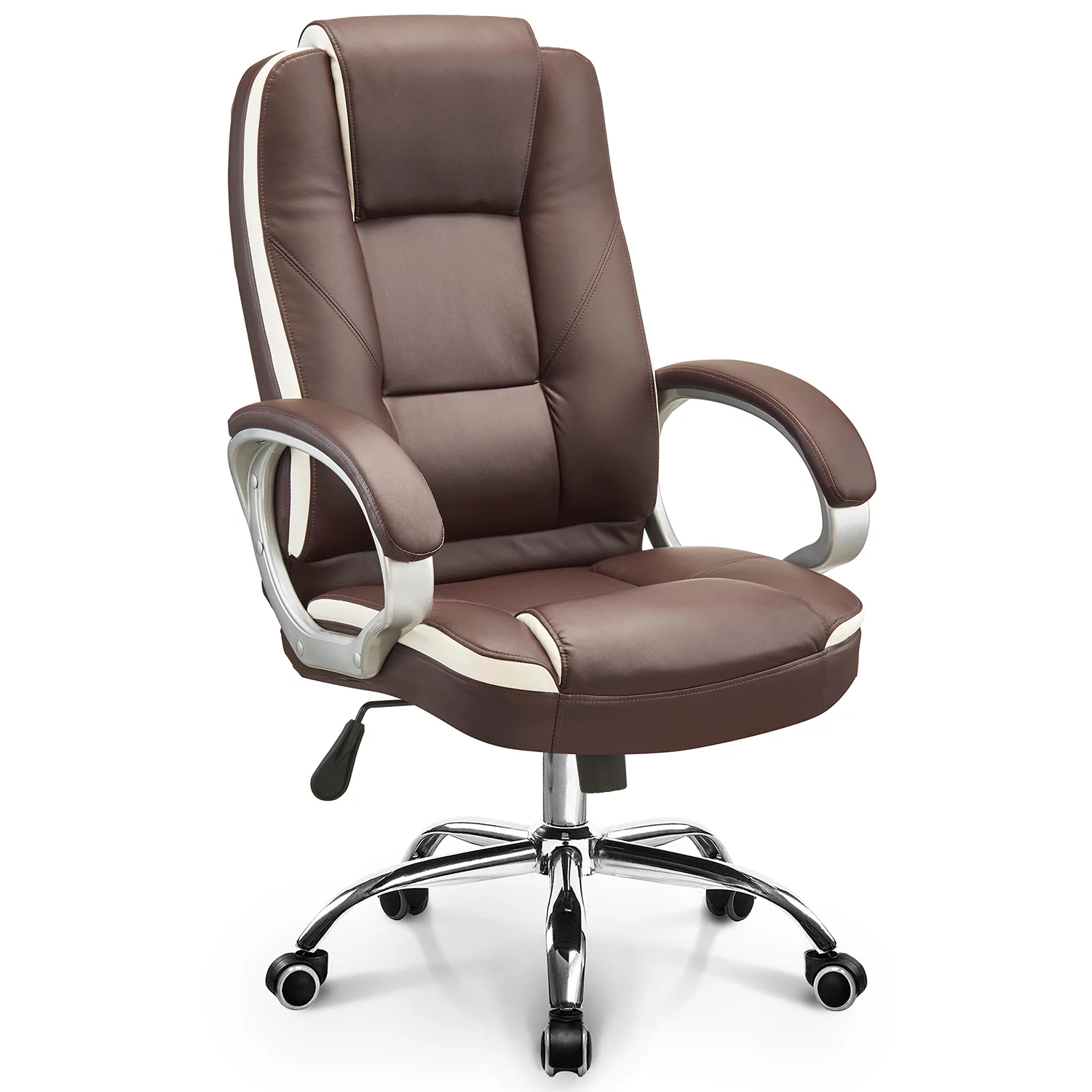
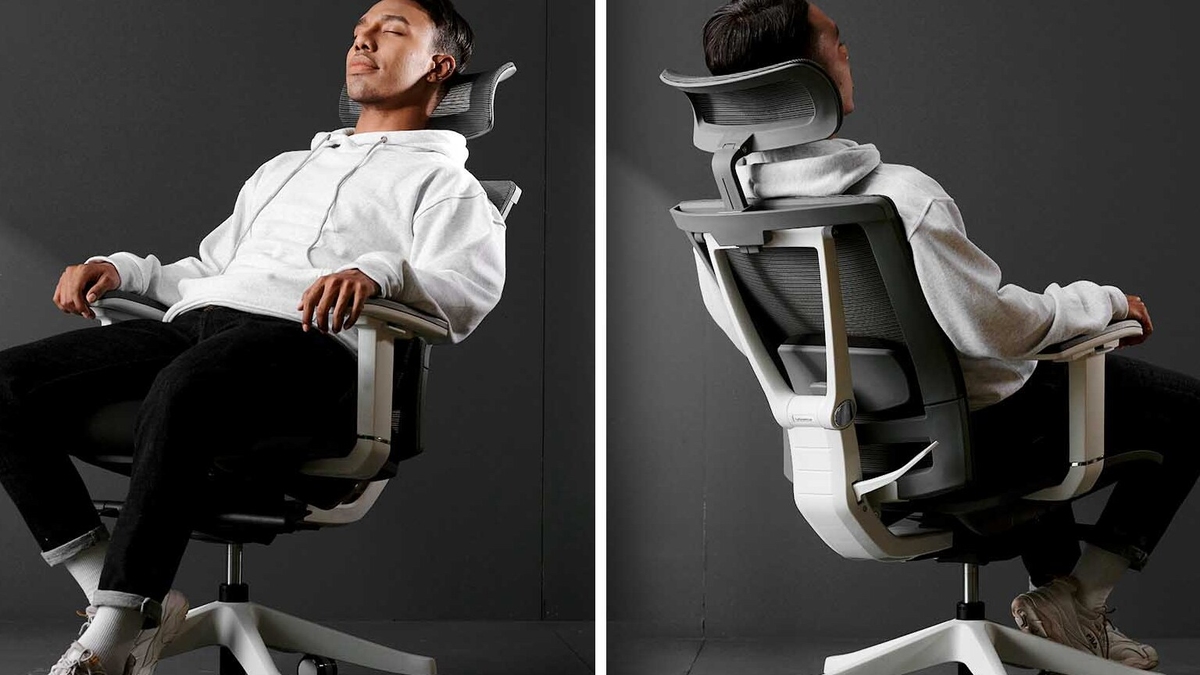
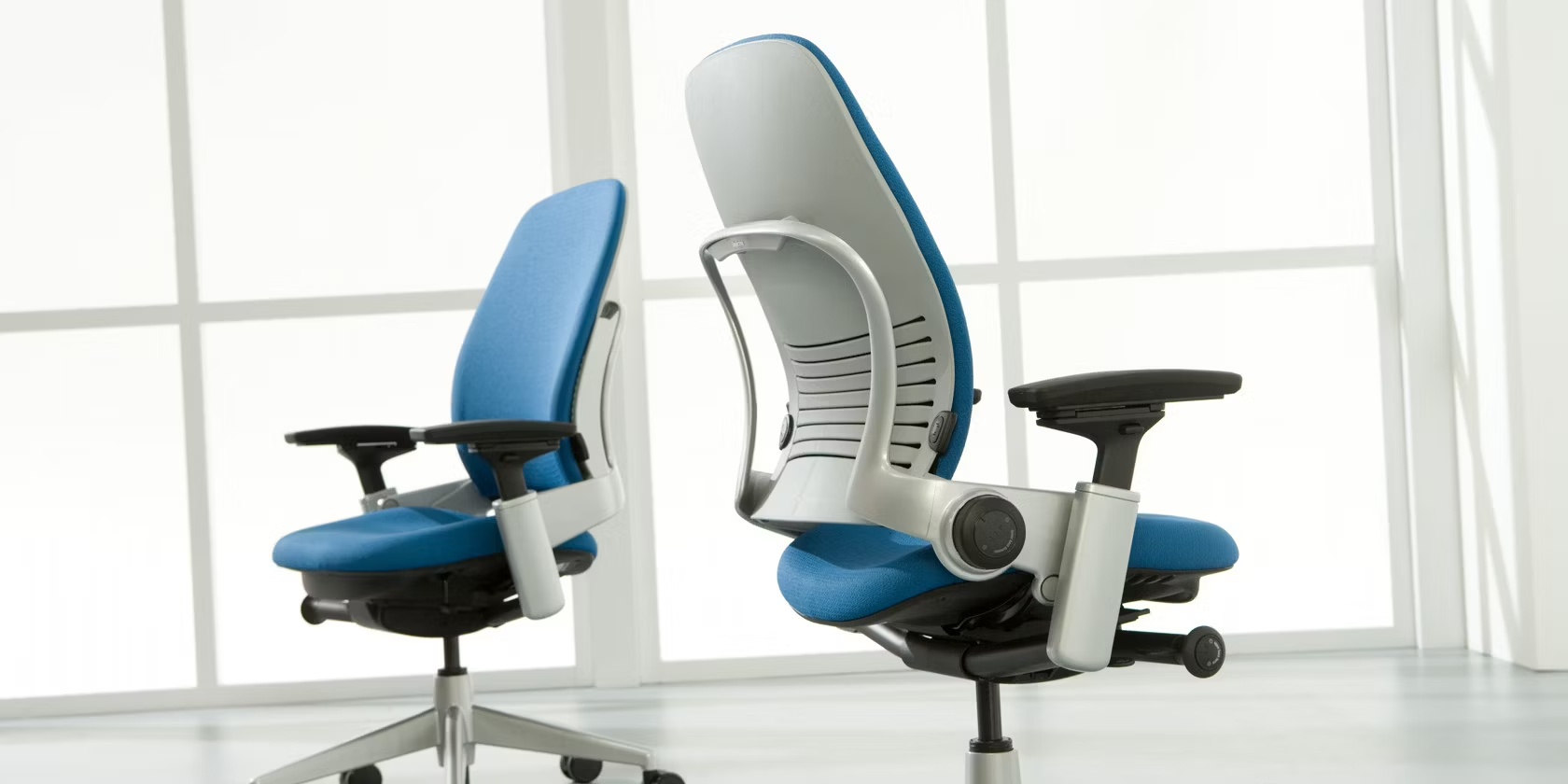
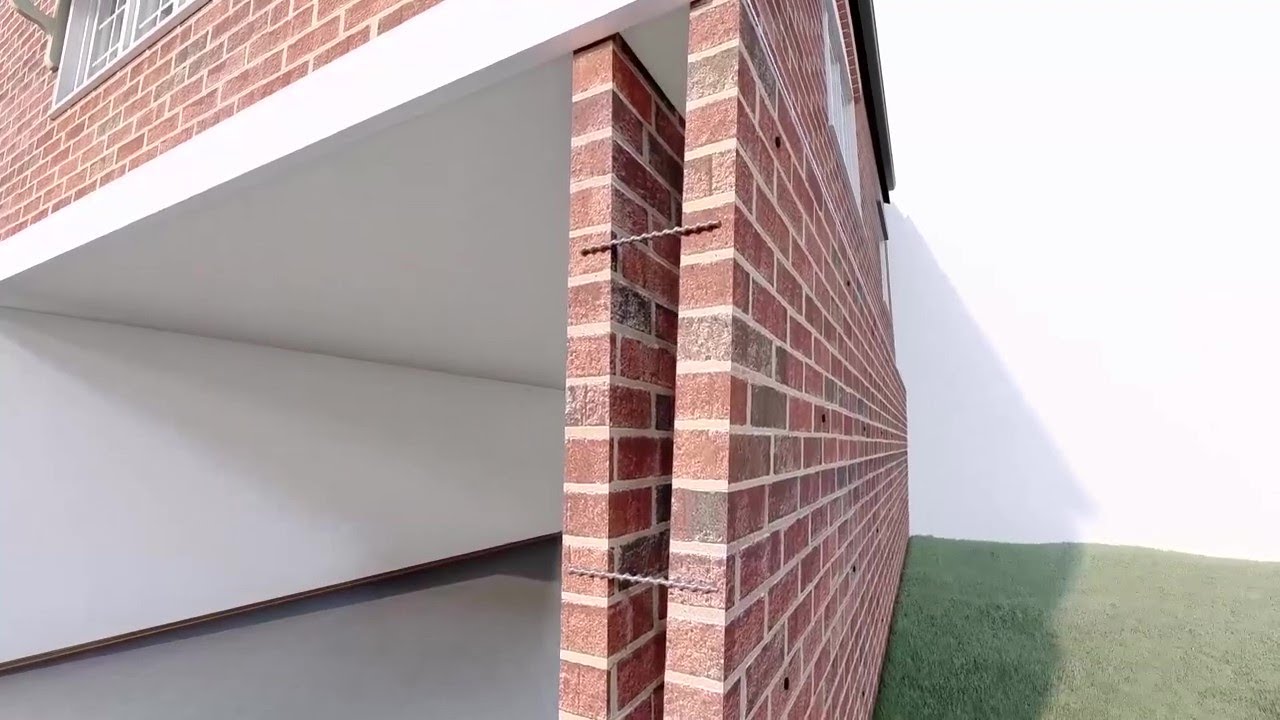
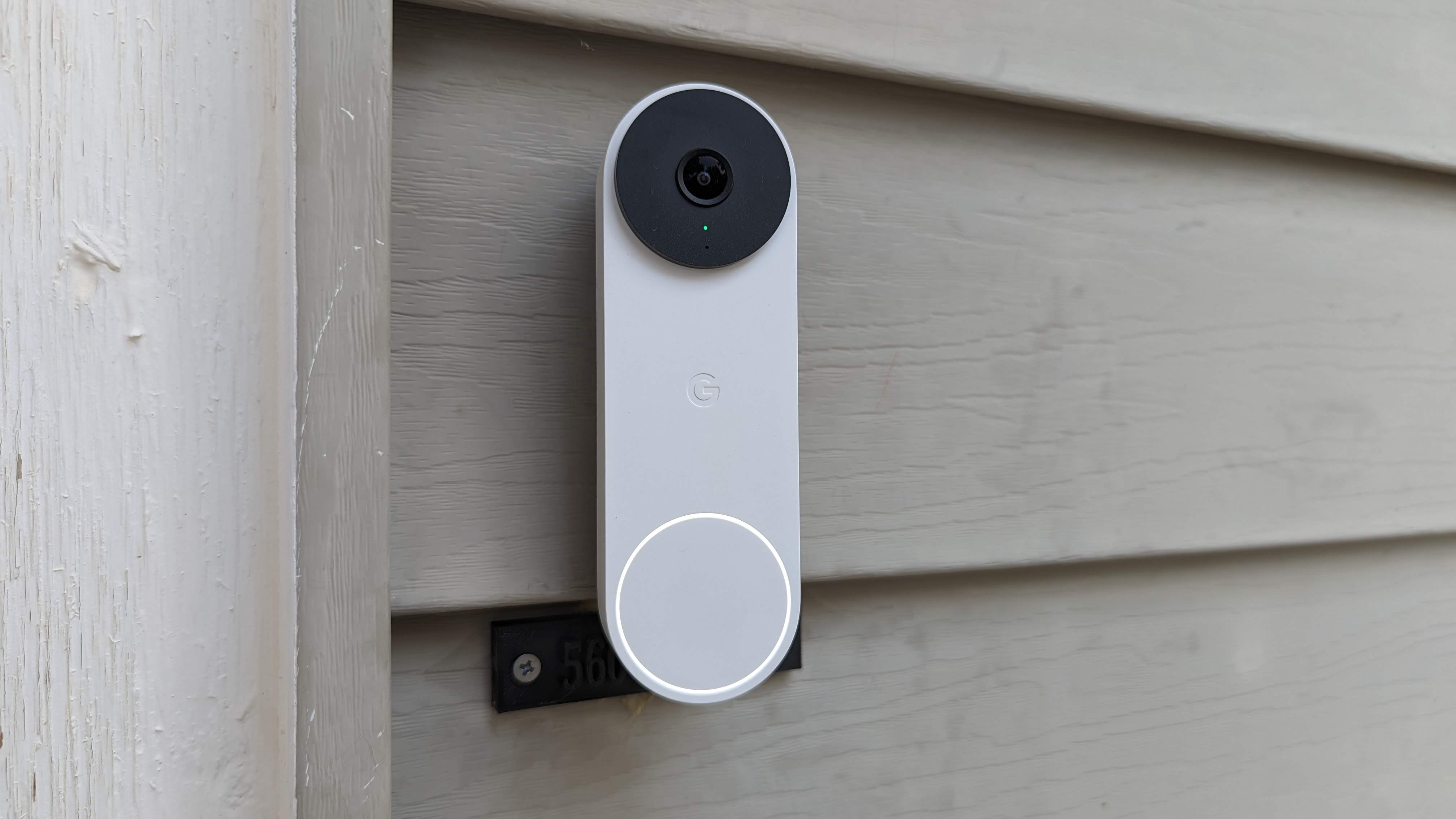

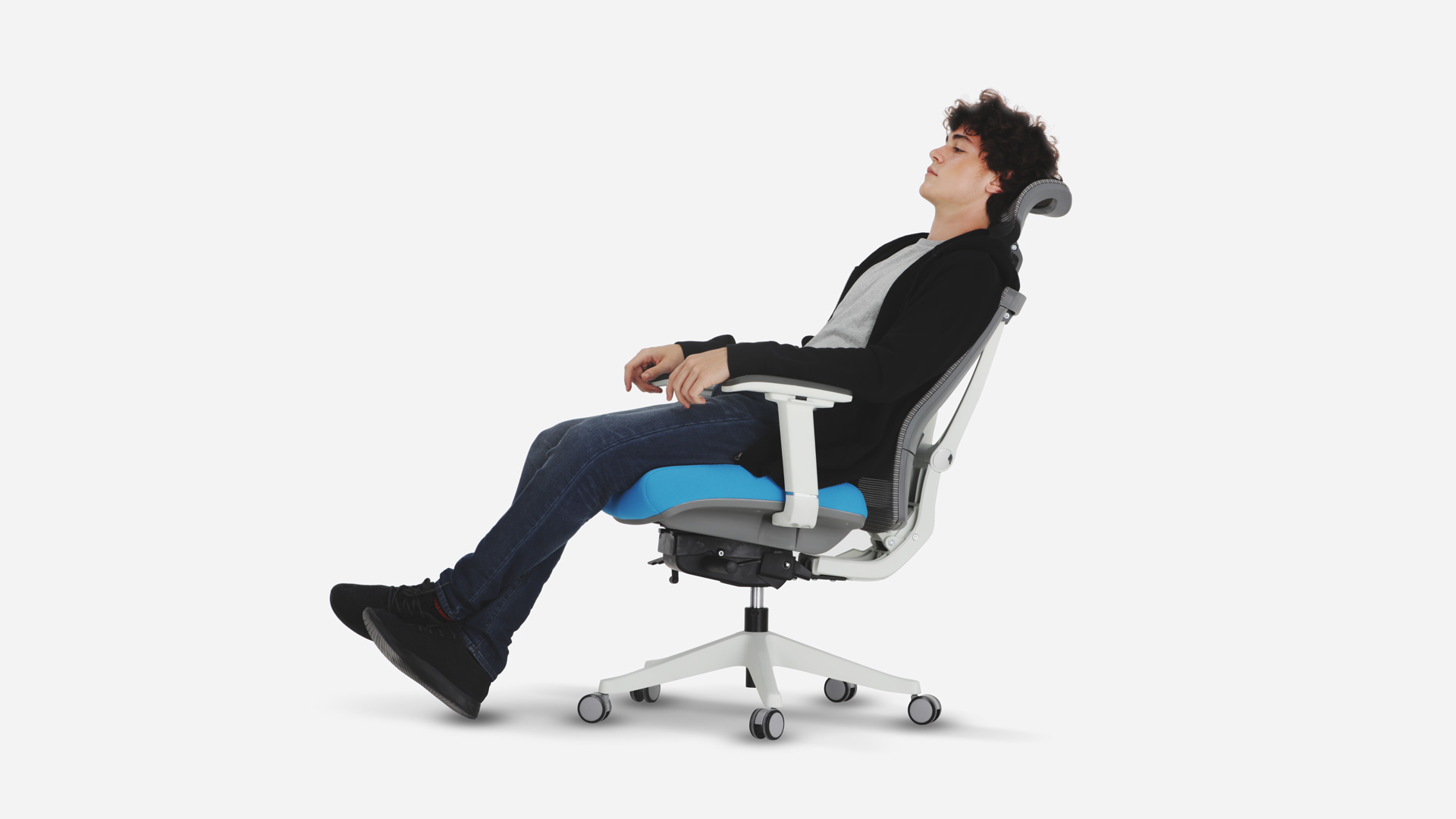
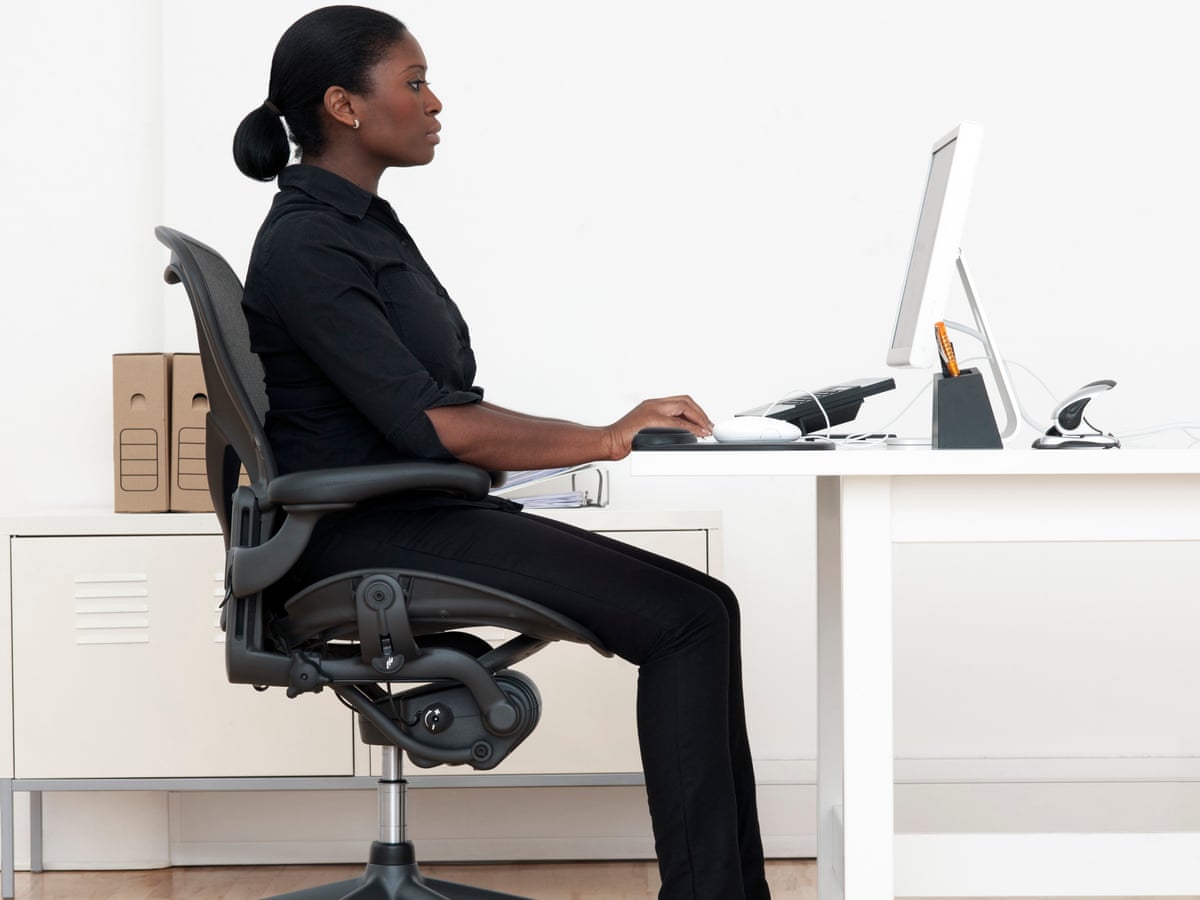
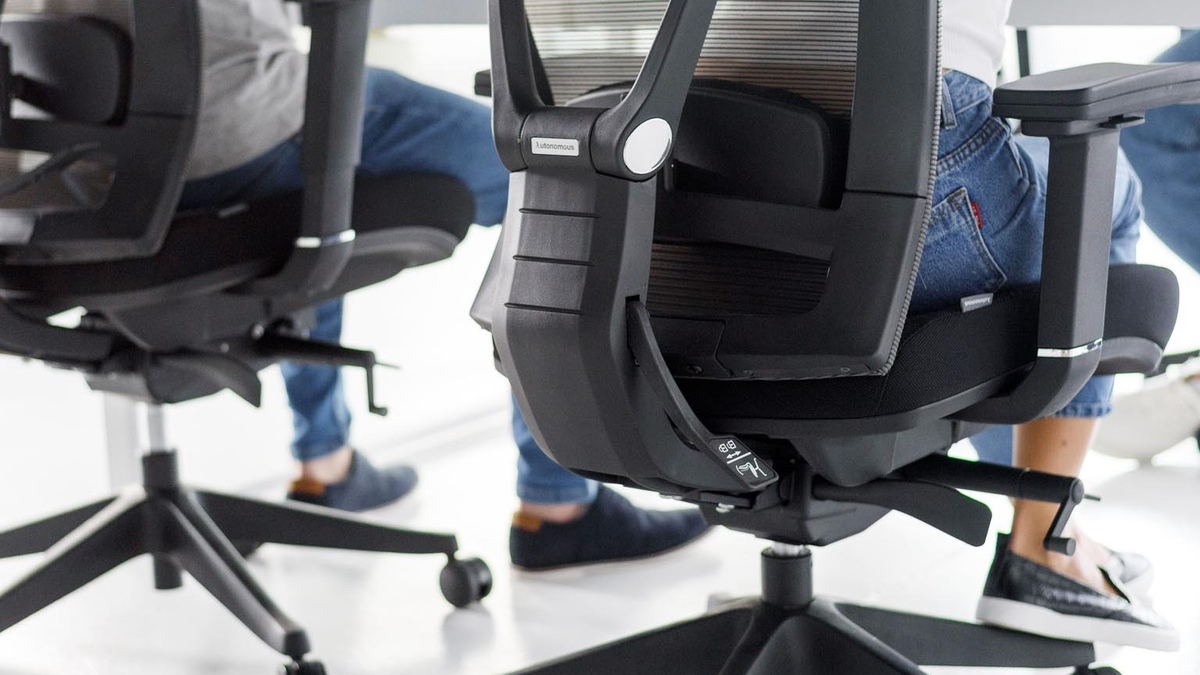
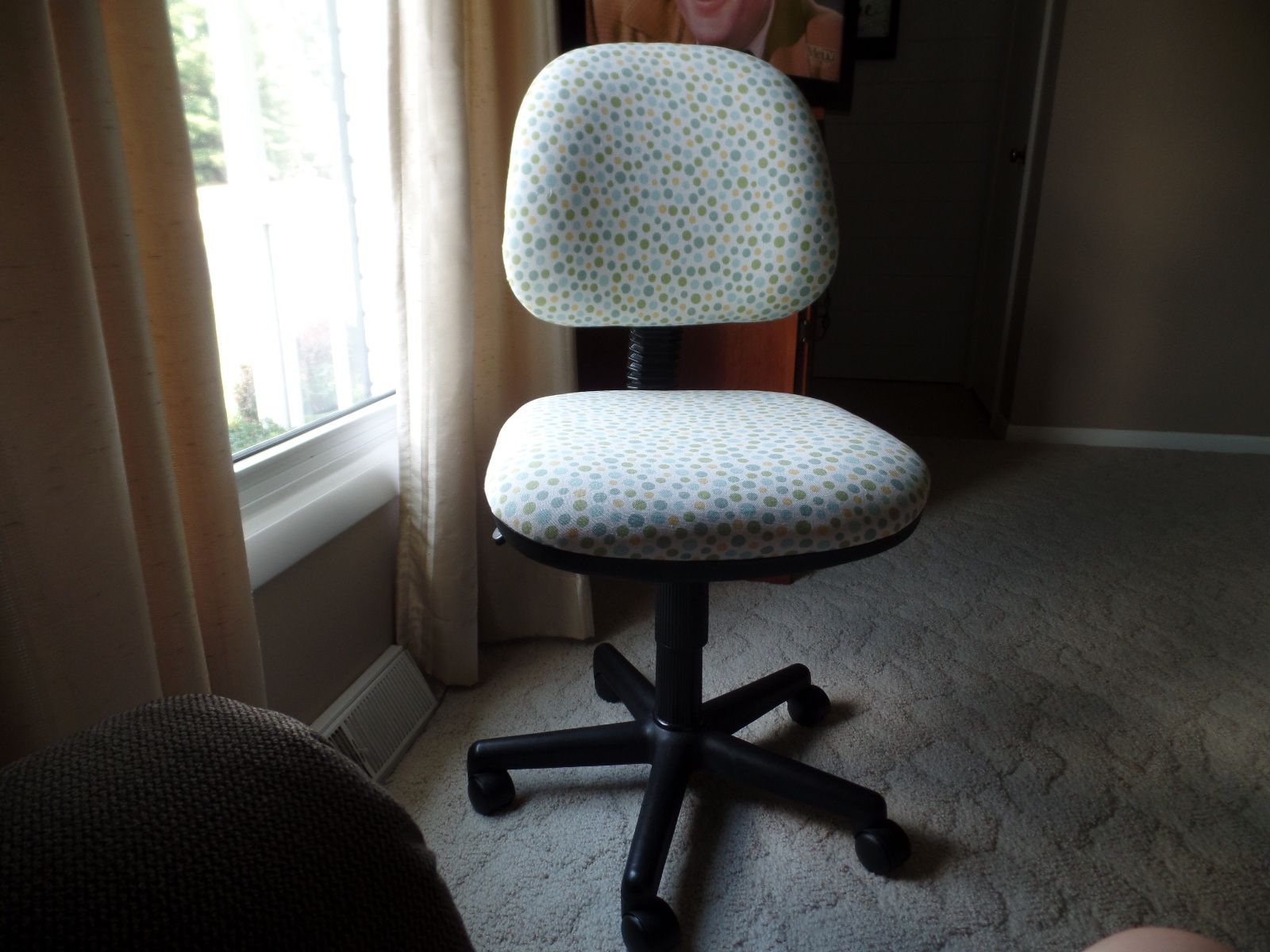
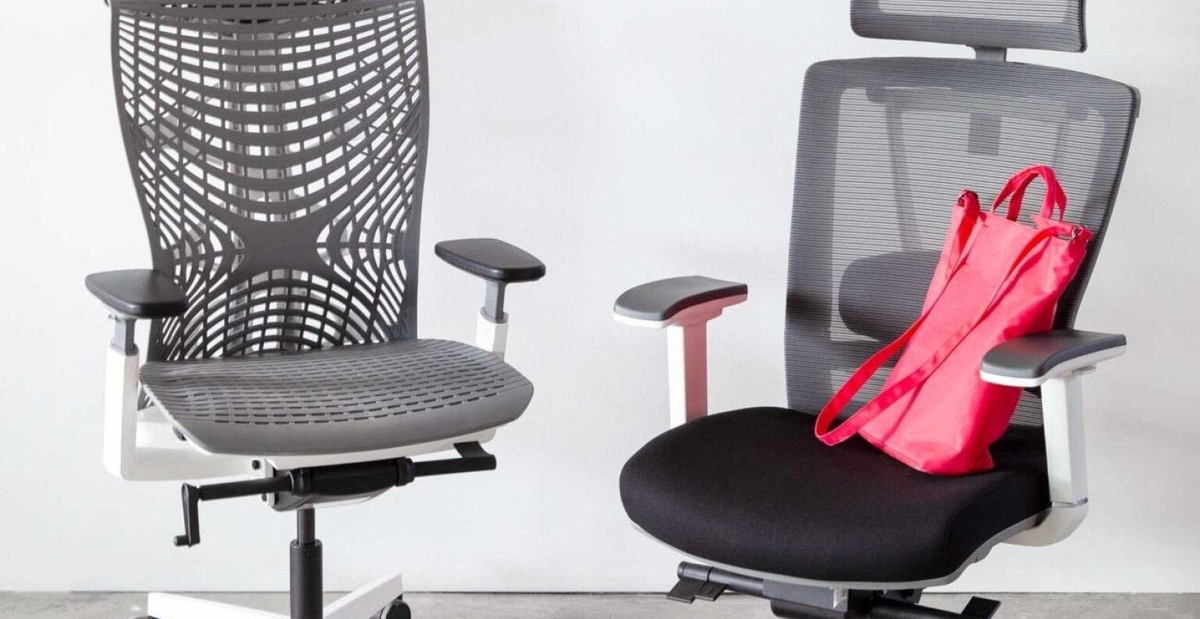
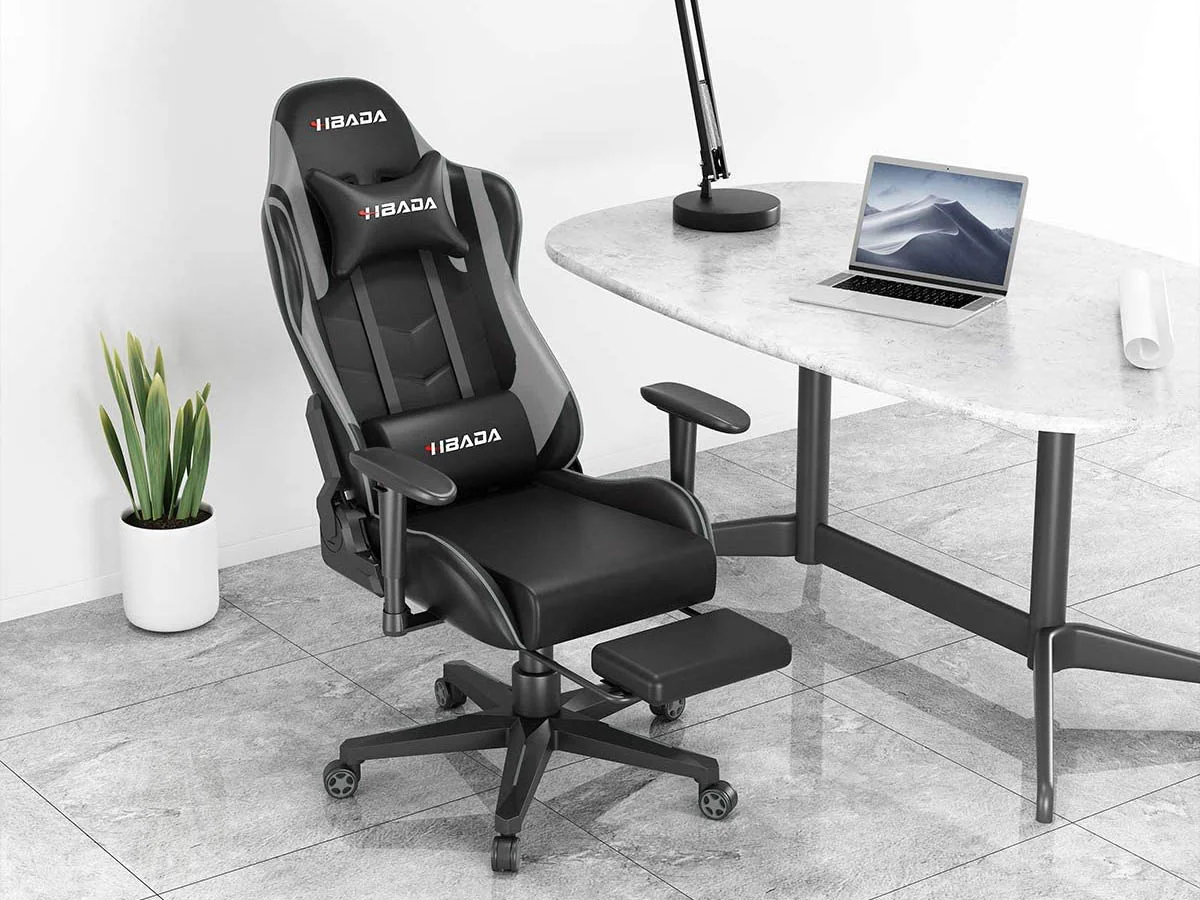
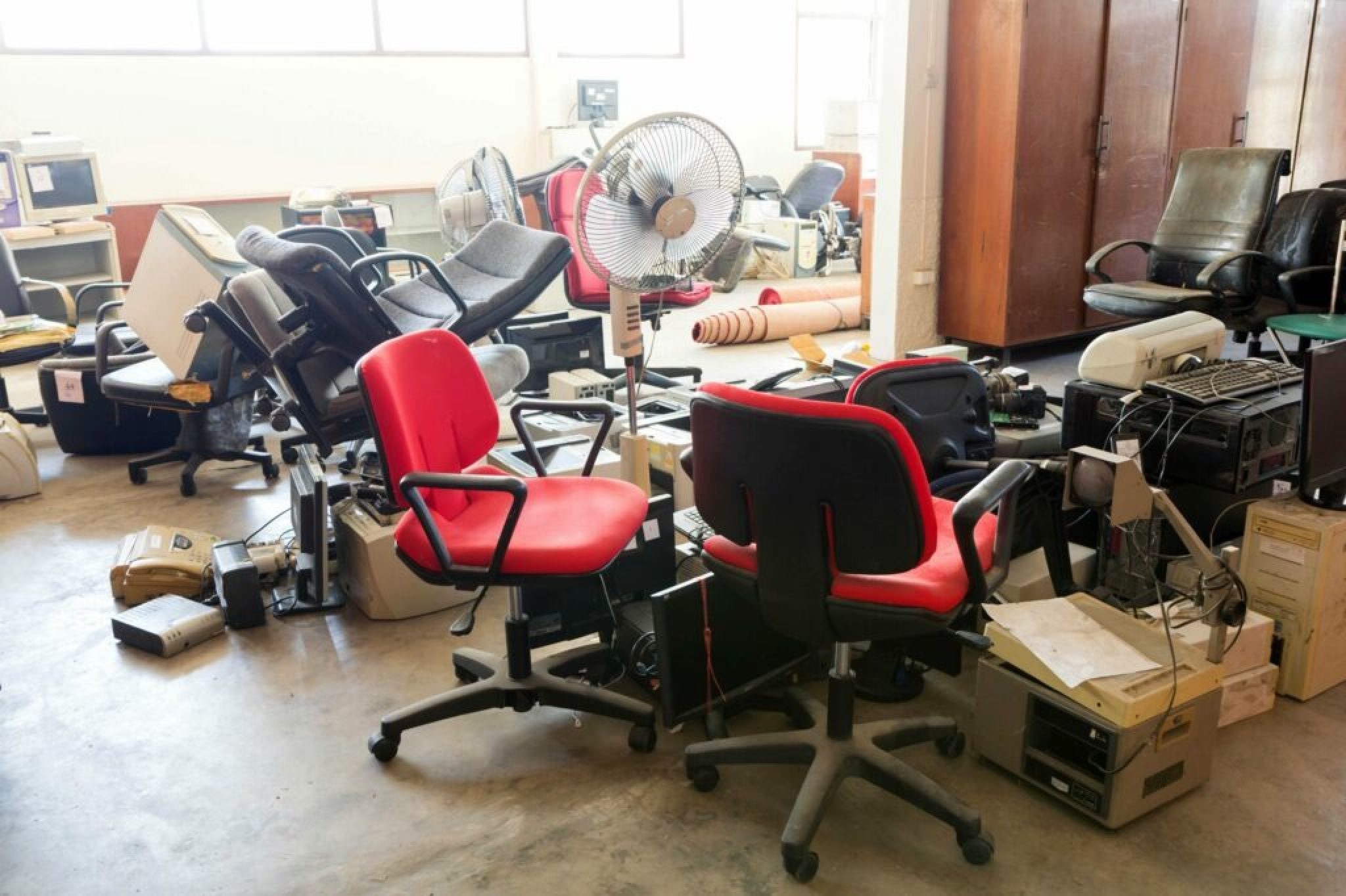

0 thoughts on “How To Get My Office Chair To Lean Back”